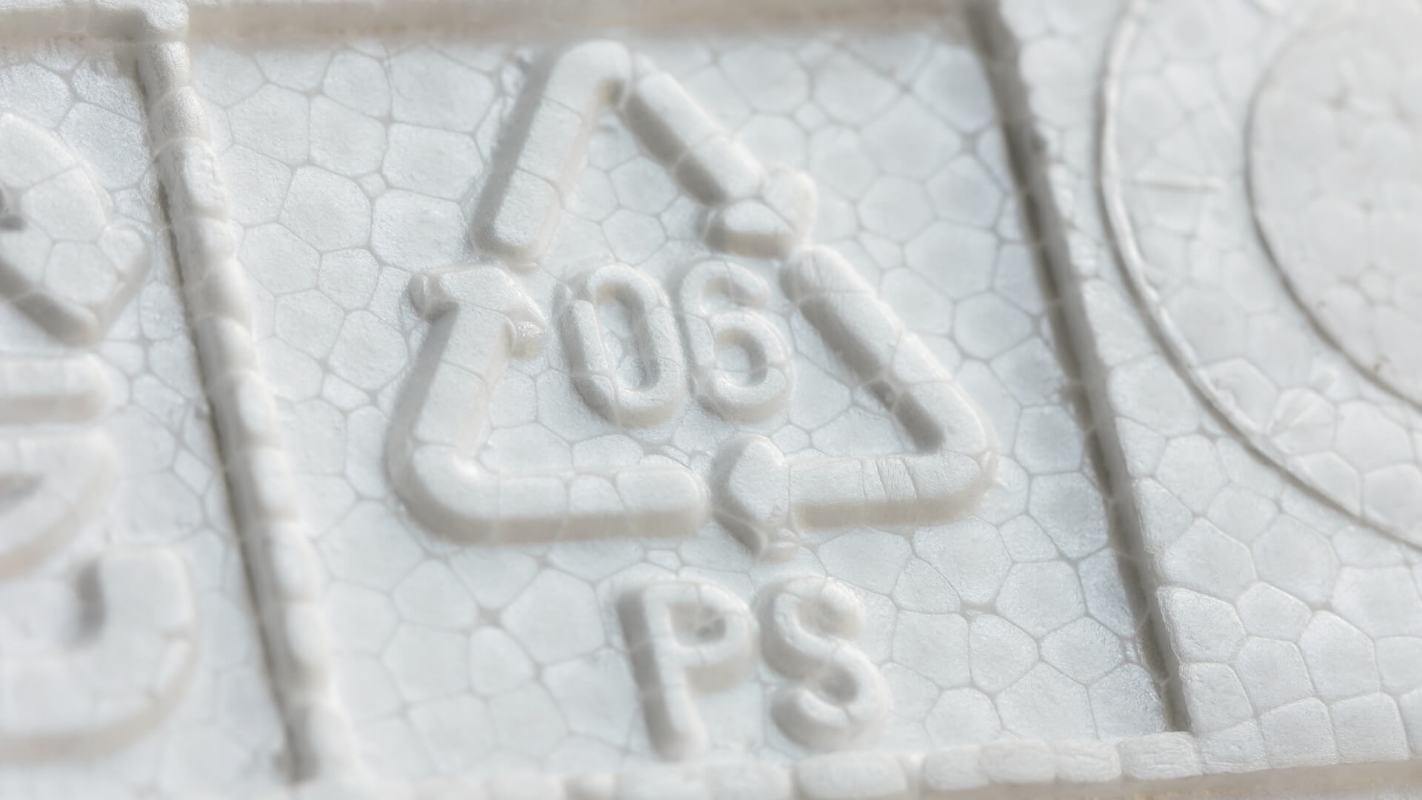Reducing your plastic use is a great way to support the planet — and so is recycling whatever plastic you can't avoid using.
But if making sense of those confusing recycling symbols leaves you scratching your head, we've got the breakdown of what all those symbols mean.
What are plastic recycling symbols?
Plastic comes in many forms, and each type is recycled differently. Symbols work like a sorting system to help route plastic to the proper recycling destination.
Why is recycling plastic important?
Plastic is pervasive. It's in food packaging, furniture, clothes, toys, and almost every part of our daily lives. But plastic doesn't easily biodegrade — in some form or another, every piece of plastic ever made is still on the planet.
Recent research found plastic in remote parts of the Arctic for the first time, and other studies have found it in human blood. Chemicals in plastic, which is made from dirty energy sources, are linked to a number of health issues, including metabolic disorders and certain types of cancer.
Every year, almost nine million tons of plastic wind up in the world's oceans. And in the U.S., only about 5% of plastic gets recycled. Recycling plastic has been called a "failed concept," and a big reason for that is how difficult it can be to understand what can be recycled — and how.
What are the 7 plastic recycling symbols?
Ready to do your part in reducing plastic? Knowing the plastic recycling symbols is an important place to start.
Plastic Recycling Symbol 1: PETG or PETE
The most common type of plastic is PETG (or PETE), which is short for polyethylene terephthalate. This is found in single-use bottles for beverages, condiments, and peanut butter jars, for example.
PET plastic is recycled in most city curbside programs. Be sure you send your bottles and jars to the bins well-rinsed; otherwise, they will likely be tossed out. Leave the labels on, but lids might need to go in the trash bin unless they have their own symbols.
Plastic Recycling Symbol 2: HDPE
HDPE (high-density polyethylene) is common in sturdier containers like milk jugs, laundry detergent bottles, yogurt tubs, and some trash bags.
This can go in most municipal curbside bins when used in bottles — but for bags, your best bet is to keep reusing them at home as they typically can't be recycled.
Plastic Recycling Symbol 3: PVC or V
PVC is an extremely common plastic likely in your home as siding and piping. It's also in products including shoes and certain household items. PVC is not often recyclable. It's also very toxic when burned, releasing dangerous dioxins.
Both PVC and V symbols are used to classify this kind of plastic.
Plastic Recycling Symbol 4: LDPE
Symbol No. 4 is for LDPE (low-density polyethylene), which is used in a range of items from food packaging to furniture, dry cleaning bags, and grocery tote bags. While it has many uses, there aren't often many recycling options for it.
Some cities are starting to accept it though, so keep an eye out.
Plastic Recycling Symbols 5: PP
PP (polypropylene) holds up to heat well, so you may see this most often in to-go containers. It's also used in plastic straws, bottle caps, and some medicine bottles. Check your local curbside program as No. 5 is starting to be more widely accepted.
Plastic Recycling Symbol 6: PS
Better known as Styrofoam, polystyrene (PS) is actually banned in some cities because it contains possible cancer-causing chemicals.
Styrofoam is typically not recyclable. It's an environmental hazard as it can easily break apart and be eaten by animals, so it's a good way to use up your unrecyclable plastic bags. Place Styrofoam trash into a bag, squeeze out the air, and tie it up tight before sending it to the landfill.
Plastic Recycling Symbol 7: Miscellaneous
There are a number of types of plastic that don't have their own recycling protocols — and these fall under the No. 7 symbol.
This can include polycarbonate, which can contain the harmful chemical BPA (bisphenol-A). It can also include plant-based plastics such as PLA (polylactic acid). Check with your local recycling facilities or company websites for more information on how to recycle No. 7 items.
Want more? Follow The Cool Down on Instagram and join our Weekly Newsletter for cool stories and easy tips that save you money, time, and our planet.








